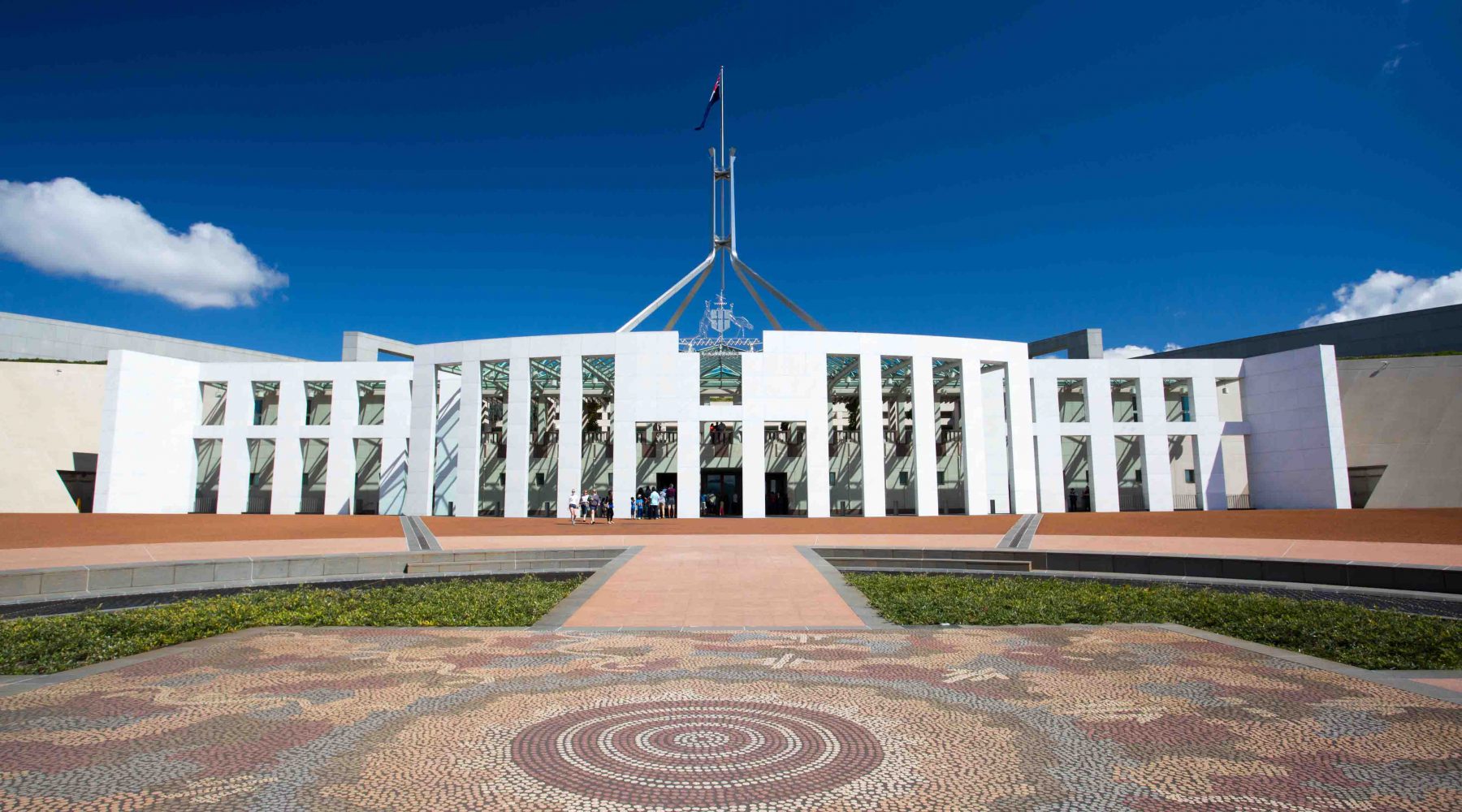
In response to the debate over the Federal Government's proposed school funding model, Independent School Victoria's Chief Executive Michelle Green sent this letter to all Federal Members of Parliament.
In any area of public policy, the task is not to arrive at a perfect solution, but rather to seek the best solution that’s achievable in all the circumstances.
This is the case in an area as complex as school funding.
What the Australian Government is offering in its new plan for school funding – labeled Gonski 2.0 – is not perfect. No interested party gets all that they want. Pragmatic compromise is inevitable.
That’s why Independent Schools Victoria (ISV) has conditionally welcomed the government’s proposal. It offers more certainty, with increased funding for most schools. It creates the potential for a sector blind funding system based on the needs of individual students, regardless of the school they attend.
In broadly welcoming it, we had hoped it would end the school funding wars.
We still hold out that hope. At the same time, we have read with concern recent comments by some leaders of the Catholic education sector.
We acknowledge that representatives of any school sector, including ISV, will seek the best possible deal from government.
But school funding is not about the interests of organisations that represent or administer school sectors – rather, it’s about ensuring we have a system that best meets the needs of all students.
Some of the recent commentary and documents issued by the Catholic Education Commission of Victoria (CECV) have gone beyond robust advocacy.
They directly target Independent schools, using language that up until now was only heard from those who would deny any government funding to all non-government schools – Catholic or Independent.
The logical conclusion of this advocacy would be to deny all government funding to selected Independent schools, which in fact already receive the least government funding.
It seeks to support its case by the selective use of figures to identify ‘wealthy’ schools, in a way that carefully excludes most Catholic schools.
It makes the unfounded claim that funding for these selected Independent schools is the reason that average student educational outcomes have not improved.
It seeks to buttress its case by calling on the government to abandon the socioeconomic status (SES) model, based on Census data, for assessing school need.
Yet it appears this is the same model the Catholic sector uses when it calculates how it distributes funding when it cross-subsidises its member schools.
While there might be limitations and imperfections in the SES model, the CECV is unable to spell out an alternative, beyond suggesting that Census data be replaced by using personal data.
This would appear to entail a level of intrusion currently not allowed to any government agency, except perhaps those involved in law enforcement. Such intrusion, apart from the privacy issues involved, would be costly and administratively complex, adding to the red tape that already entangles all schools.
There is little point now in revisiting, as the CECV proposes, the recommendations of the original Gonski review of school funding, presented five years ago after a 19 month inquiry that received 7000 submissions.
Nor can we undo the selective implementation by governments of those recommendations, even if we don’t agree with all of them.
The CECV’s recent statements are an unprecedented attack by one sector of the Australian education system on another.
We should be wary of jeopardising the bi-partisan position adopted by major political parties for half a century – that all schools are entitled to a degree of government funding.
This is one of the stated principles of the National Catholic Education Commission (NCEC), which recognises that successive governments have been committed to ‘parental choice of schooling … as a right deserving of government support; that all children have a right to share equitably in public expenditure on education; and the equitable provision of adequate and appropriate resources to all students’.
The latest contributions to the funding discussion contrast with the spirit of repeated statements by respected national Catholic school leaders, who have warned that ‘tired rhetoric pitting sector against sector’ would stifle chances of realising needs-based funding.
Australia has moved on from the bitter sectarian divisions that marked the school funding debate of half-a century ago. It would be a backward step if those divisions were now replaced by an equally divisive class war.
This is the text of a letter sent to all Federal Members of Parliament and Senators, and to all Member Schools, on 19 May 2017.
Like this post? Please share using the buttons on this page.
Subscribe to The Parents Website

